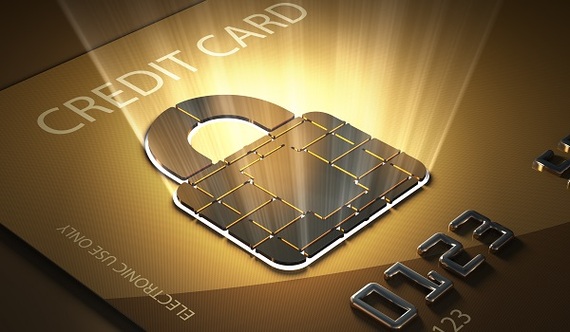As you enter into the credit market for the first time, you may find the number of available credit card offers to be overwhelming. Some cards are secured while others are unsecured.
What is the Difference between an Unsecured and a Secured Credit Card?
A secured card simply means that the card is backed by a cash deposit that you must supply beforehand. Generally, when you initiate a secured card, the amount of deposit is your credit limit. You may be able to add money to the deposit amount to increase your credit limit, or you could earn increases in your credit limit without adding additional backing funds if you demonstrate a good payment history.
In contrast, an unsecured credit card has no collateral associated with it. The credit limit is based on the lender's assessment of your credit risk using traditional factors -- credit score, credit reports, payment records, and other indicators of your ability to pay.
Secured cards are a better choice when there is no past credit history or payment behavior available for a lender to assess your risk, or when that past credit history and payment record is poor. With poor or no credit, the unsecured cards that will be available to you typically carry significant fees, higher interest rates, or both.
To build or rebuild your credit with a secured card, try to charge a relatively small amount on a regular basis and pay your bill off in full and on time. Keep your credit utilization - the percentage you charge versus the credit limit on the card - low; 10% to 20% of your credit limit is preferred. Do not charge more than you can pay off in full at the end of the month, or you could be defeating the purpose of getting a secured card in the first place. Running a rising balance, even if it is slowly rising, gives creditors concerns about increasing your credit.
Be careful when comparing secured cards, because there are usually fees involved. Those fees could take up a large amount of your available credit, making it nearly useless for regular small purchases and maintaining low credit utilization. Also, make sure that your secured card activity is being reported to the credit agency, because you can't rebuild your credit if it is not being properly reported.
Keep an eye on your credit score and when your credit is sufficient to make a switch, move from a secured to an unsecured card. Your current card issuer is likely to offer you an unsecured card after a sufficient period of making regular payments. One year is a common mark.
If you have enough credit to qualify in the beginning, go with an unsecured card. Unsecured cards typically have lower fees and higher credit limits, along with rewards and perks that are not available with secured cards. The large variety of unsecured cards means that you are more likely to find one that meets your needs.
Decide what type of unsecured card works best for you -- for example, if you carry a balance, a low interest rate (or at least a low introductory rate) is important, while if you pay off your balance monthly, you can accept the tradeoff of a higher interest rate for better rewards or cash back.
In summary, secured cards are used to establish credit for newcomers to the credit market and re-establish good credit for previous cardholders who are dealing with bad credit. Otherwise, unsecured cards are the best choice because they generally have greater benefits at lower expenses.
This article was provided by our partners at moneytips.com.
To Read More From MoneyTips:
When to Pay an Annual Credit Card Fee
Higher Credit Limits Help Improve Credit Scores
How Can I Increase My Credit Score?
Photo ©iStock.com/johan63
